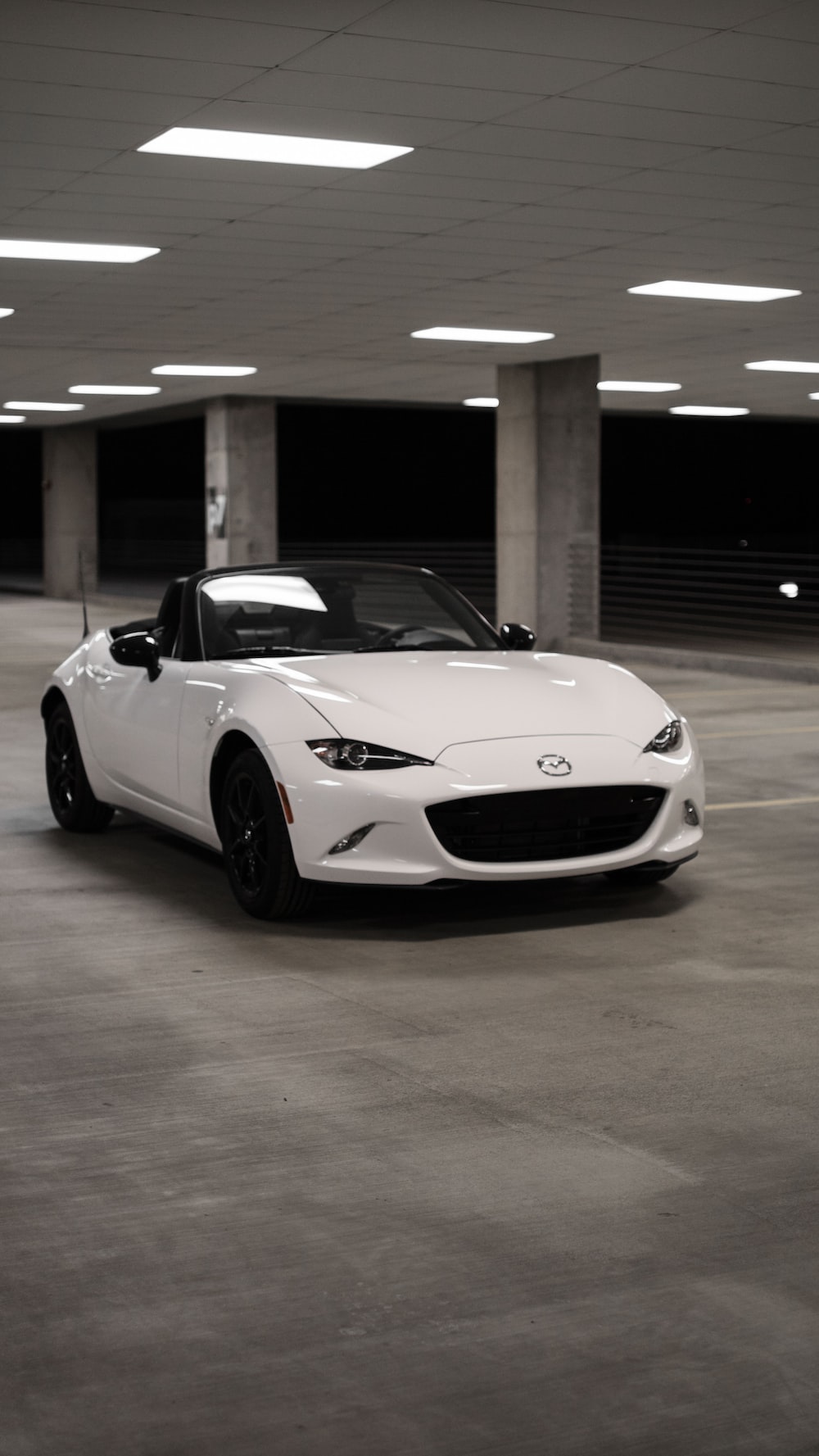Third-Party Motor Insurance Premium Hiked: Exploring Electric Vehicle Premium Rates
1. Introduction
In recent times, there has been a significant increase in the adoption of electric vehicles (EVs) due to their environmental benefits and technological advancements. As more EVs hit the roads, it becomes crucial to ensure their protection and mitigate potential risks. One essential aspect of vehicle ownership is insurance coverage. In India, the Insurance Regulatory and Development Authority of India (IRDAI) has recently announced revised premium rates for third-party motor insurance, including EVs. This article aims to explore these changes and understand their implications for electric vehicle owners.
2. Background
The IRDAI, the regulatory body governing the insurance sector in India, has revised the premium rates for third-party motor insurance. These rates were last updated for the 2019-20 fiscal year and remained stable during the challenging times of the COVID-19 pandemic. The new rates will come into effect from June 1, 2022, and will impact all vehicle owners, including those with electric vehicles.
3. Changes in Third-Party Motor Insurance Premium Rates
Revised Rates for Electric Vehicles
The revised premium rates for electric vehicles vary based on their power output and type. A new private electric vehicle with a power output of less than 30 KW can be insured for three years for Rs 5,543. For EVs with a power output of more than 30 kW but less than 65 kW, the three-year premium would be Rs 9,044. Larger EVs with a power output exceeding 65 KW will be insured for three years for Rs 20,907 each.
Premium Rates for Private Cars and Two-wheelers
The premium rates for private cars and two-wheelers also depend on their power output. Private cars not exceeding 30 KW will attract a premium of Rs 1,780. Cars exceeding 30 KW but not exceeding 65 KW will have a premium of Rs 2,904, while cars exceeding 65 KW will be insured for Rs 6,712. Similarly, two-wheelers with different power outputs will have varying premium rates.
4. Implications for Electric Vehicle Owners
Three-Year Insurance Coverage for New Electric Vehicles
One significant implication of the revised premium rates is that new electric vehicles can now be insured for a period of three years. This provides owners with extended coverage and helps them plan their insurance expenses more effectively. Additionally, it reduces the hassle of annual policy renewal, offering convenience and peace of mind to electric vehicle owners.
Premium Rates Based on Power Output
The premium rates for electric vehicles are determined based on their power output. This approach ensures that owners with higher-powered EVs pay a higher premium, as these vehicles may pose a relatively higher risk. By considering the power output, the insurance premium becomes more tailored to the specific characteristics of the vehicle, promoting fairness in insurance pricing.
5. Importance of Third-Party Motor Insurance
Third-party motor insurance is a legal requirement for all vehicle owners in India. It provides coverage against any liability arising from third-party bodily injury, death, or property damage caused by the insured vehicle. This type of insurance ensures that victims of accidents involving the insured vehicle are compensated for their losses, protecting both the vehicle owner and the affected parties.
6. Understanding the Insurance Regulatory and Development Authority of India (IRDAI)
The Insurance Regulatory and Development Authority of India (IRDAI) is an autonomous statutory body responsible for regulating and promoting the insurance industry in India. It was established under the Insurance Regulatory and Development Authority Act, 1999, with the mandate to protect the interests of policyholders and ensure the orderly growth of the insurance sector.
7. Benefits of Electric Vehicle Insurance
Electric vehicle insurance offers several benefits specific to EV owners. These may include coverage for battery damage, specialized repairs, and even coverage for charging infrastructure. Insurers may also provide additional benefits such as roadside assistance, zero depreciation, and coverage for personal belongings inside the vehicle. Electric vehicle insurance is designed to address the unique needs and risks associated with EV ownership.
8. Comparison with Conventional Vehicle Insurance
While third-party insurance for electric vehicles follows a similar structure to conventional vehicles, there may be slight variations in premium rates and coverage. Electric vehicles often have different maintenance requirements and higher replacement costs for certain components. Insurers consider these factors when determining premiums for EVs, making electric vehicle insurance slightly different from conventional vehicle insurance.
9. Tips for Choosing the Right Insurance Policy
When selecting an insurance policy for an electric vehicle, it is essential to consider several factors. These include the reputation and financial stability of the insurer, the coverage options and limits, the claim settlement process, and the overall cost of the policy. It is advisable to compare multiple insurance providers and policies to make an informed decision that suits individual requirements.
10. Conclusion
The revision of premium rates for third-party motor insurance, including electric vehicles, by the IRDAI is a significant development for the EV industry in India. The new rates provide extended coverage options for electric vehicle owners and ensure that the insurance premium is aligned with the unique characteristics of EVs. It is crucial for EV owners to understand the revised premium rates and choose the right insurance policy to protect their valuable assets. By complying with the legal requirement of third-party motor insurance, electric vehicle owners can enjoy the benefits of comprehensive coverage and peace of mind on the roads.




